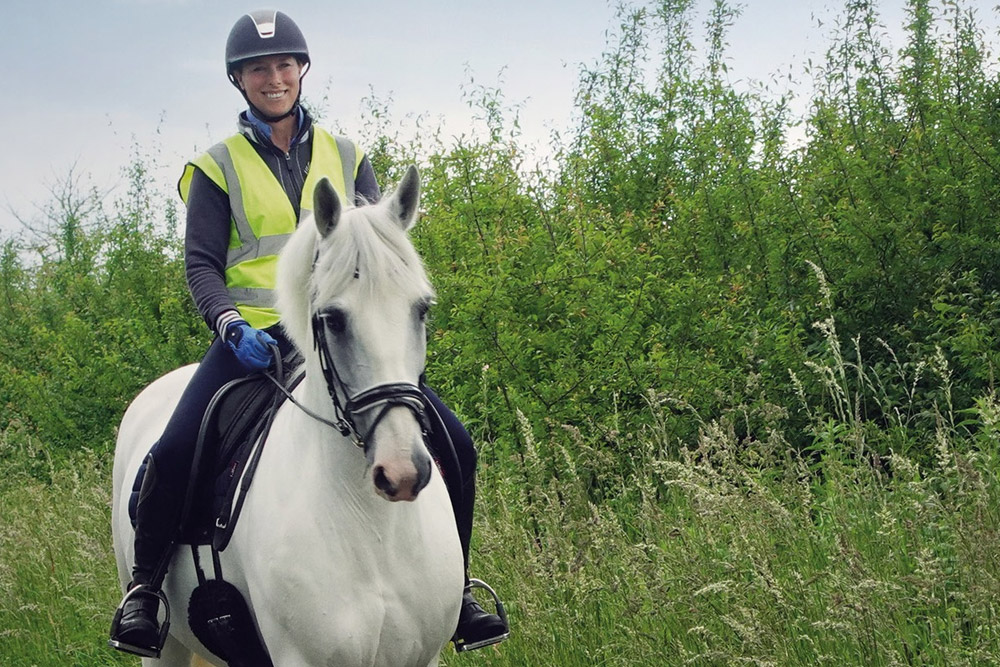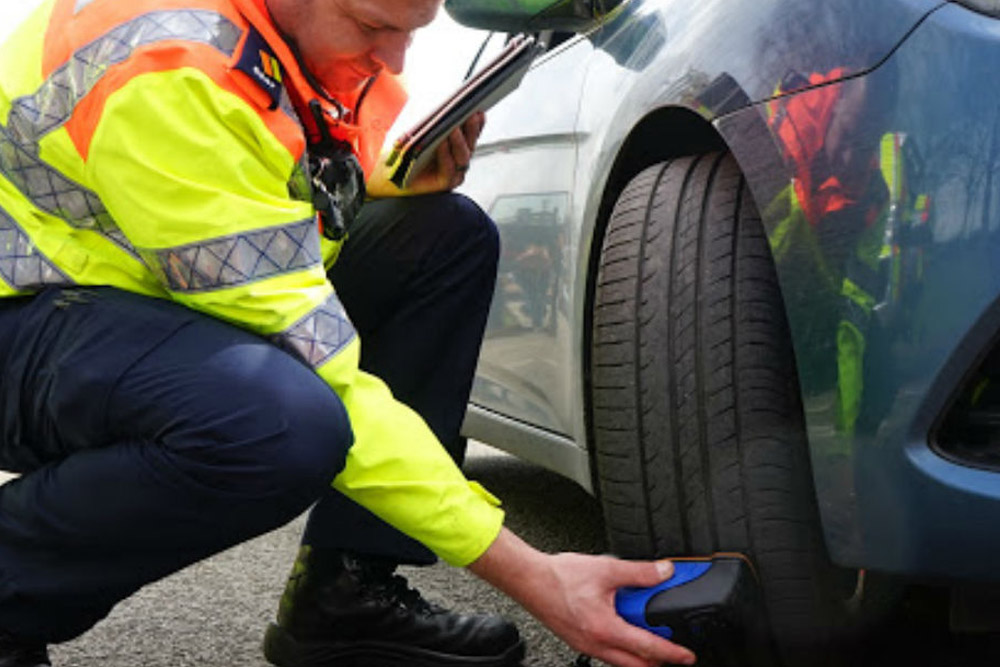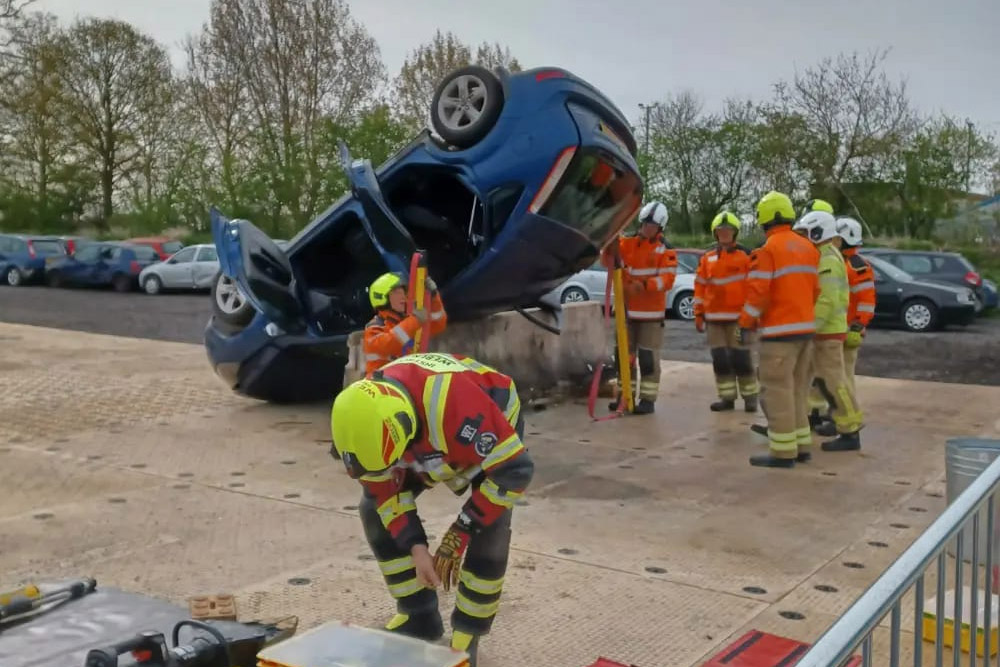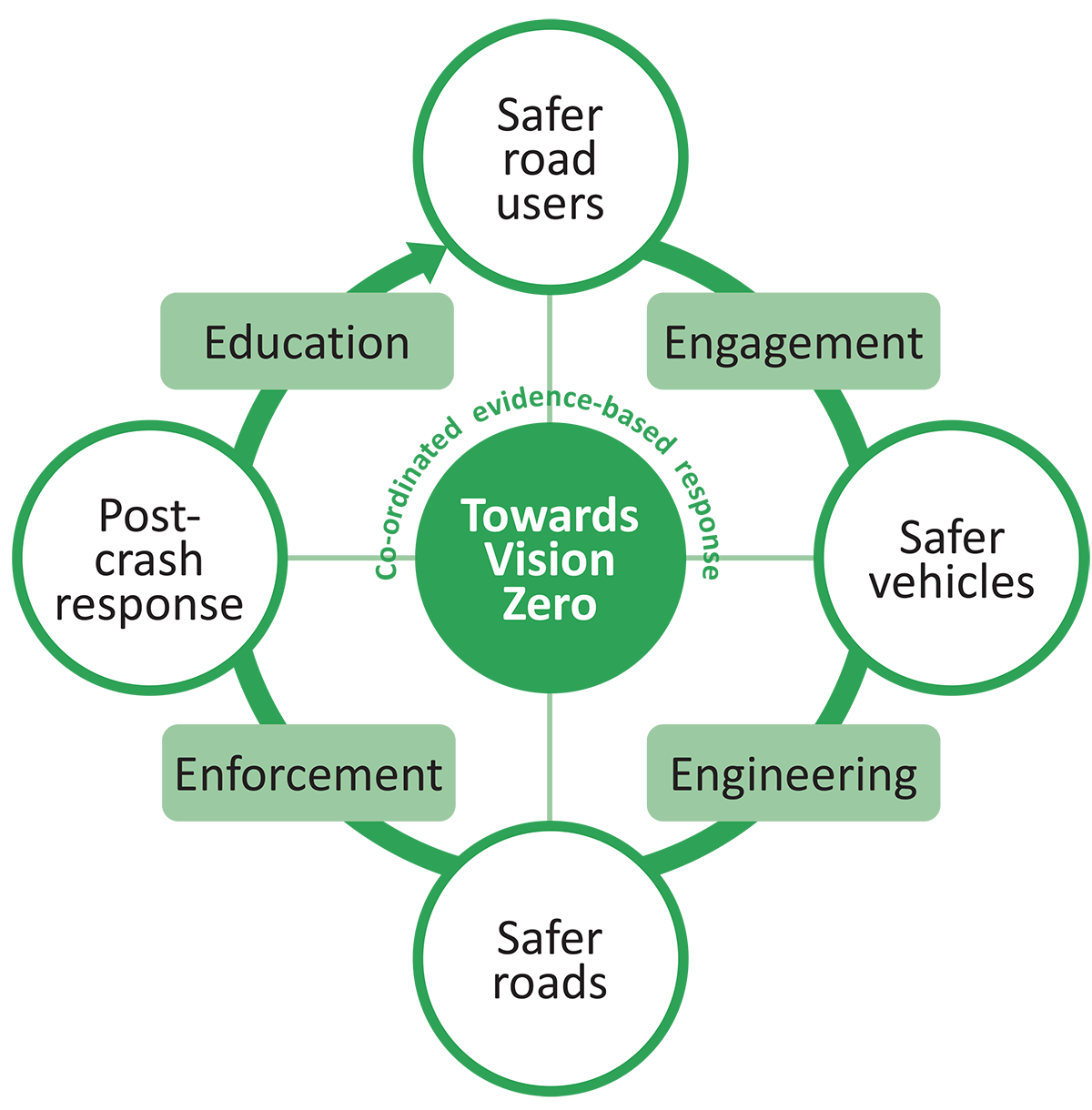Safe System Approach
The partnership has agreed to the principles of the Safe System approach and will shape a strategic outcomes framework around its four pillars.
Safer Road Users
Our Outcomes
- More confident road users who understand and recognise risks, especially the fatal five and know the highway code and how to safely use roads and stay safer.
- Improved targeted, coordinated and evidence based delivery of road safety awareness campaigns which reach out to York and North Yorkshire Road users and encourages positive and safe behaviours.
- Skilled road users who choose to use an appropriate mode of travel, act safely and within the law and seek to improve road experiences for themselves and others.
- Delivery of road safety enforcement and perception of safety are improved which reduce the fatal five behaviour.


Safer Vehicles
Our Outcomes
- York and North Yorkshire residents understand the benefits of, and proactively choose, vehicles equipped with appropriate safety technology.
- Educated road users who understand the importance of vehicle safety, who service and maintain their vehicle regularly, who understand the roads and environment and make sure their vehicle is suitably equipped for the journey.
- More responsible business owners who equip their workforce with a safe and regularly checked fleet and ensure their staff are skilled in vehicle safety.
Safer Roads
Our Outcomes
- Road engineering and signage that is appropriate to the road type and which reduces the risk of harm, assists road users to be confident on the roads and helps them to understand the risks.
- Reduction in traffic speed within the 20mph speed limit areas.
- Reduction in criminal and anti-social use of York and North Yorkshire road network in partnership with bordering agencies.
- Improved information sharing with one partnership data repository to gather and analyse road safety data which directs activities in high-risk hotspot locations and is used to respond to road safety complaints and concerns.
- Coordinated and engaged Community Speed Watch Schemes and members who feel part of the wider Safer Roads Partnership delivery.
- Planning, designing and delivery of walking and cycling infrastructure is improved which assists in making active travel safer and more attractive.
- Identifying and addressing collision cluster sites, where funding is available, to reduce the recurrence of collisions at these locations.


Post Crash Response
Our Outcomes
- Enhanced coordinated partnership activity that reduces the number of those killed and seriously injured on the roads of York and North Yorkshire, keeping communities safe as they travel across our road network.
- Ensure that all districts offer equally high standards of rescue, hospital care and long-term rehabilitation following a serious road collision.
- Understanding the causes of serious collisions to prevent or reduce their reoccurrence.
- Ensuring that when there is a serious collision the response from emergency services ensures that the risk of further collisions is minimised.

